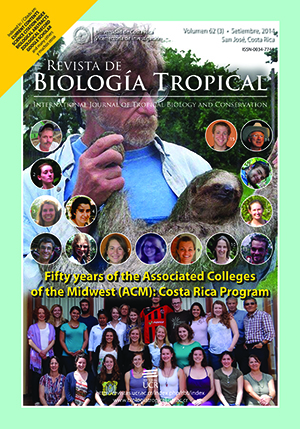Abstract
The genus Leptolyngbya comprises filamentous cyanobacteria that are important in rice fields. In the rhizosphere, cyanobacteria produce a variety of secondary metabolites such as auxins that are important in agriculture soil performance. To assess this, Leptolyngbya strain MMG-1, was isolated from the rhizosphere of rice plants and described. For this, the morphology of this strain was studied by light microscopy as well as by confocal laser scanning microscopy. Besides, the ability of this strain to synthesize an auxin-like bioactive compound was demonstrated under various culture conditions (different amounts of tryptophan; pH; different alternating light:dark periods; duration of the incubation). The auxin-like compound was extracted from the culture of Leptolyngbya strain MMG-1 and identified as indole-3-acetic acid (IAA) by thin layer chromatography (TLC) as well as by high performance liquid chromatography (HPLC). Our results showed that the strain required the precursor L-tryptophan for the synthesis of IAA. Leptolyngbya strain MMG-1 accumulated IAA intracellularly. The IAA secreted by Leptolyngbya strain MMG-1 was significantly correlated with the initial concentration of L-tryptophan in the medium, as well as with the duration of the incubation. The bioactivity of the secreted IAA was determined by its effect on the rooting pattern of Pisum sativum seedlings. The culture supernatant of Leptolyngbya strain MMG-1 stimulated the seedling lateral rooting, while it decreased root length. Hence, rhizospheric Leptolyngbya produced auxin under different conditions and affected the plants rooting pattern.
Comments

This work is licensed under a Creative Commons Attribution 4.0 International License.
Copyright (c) 2014 Revista de Biología Tropical






